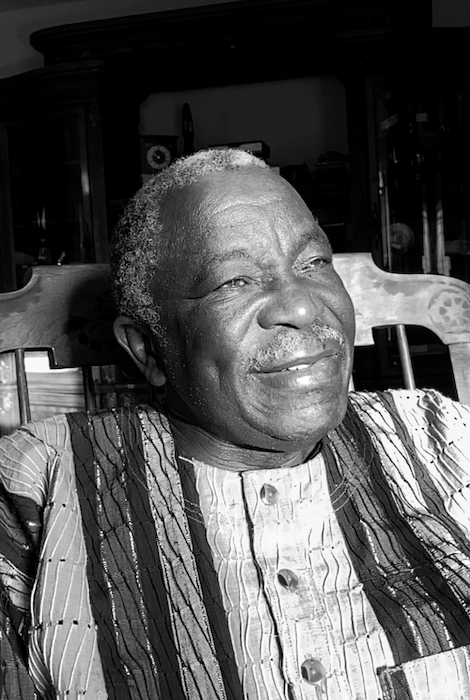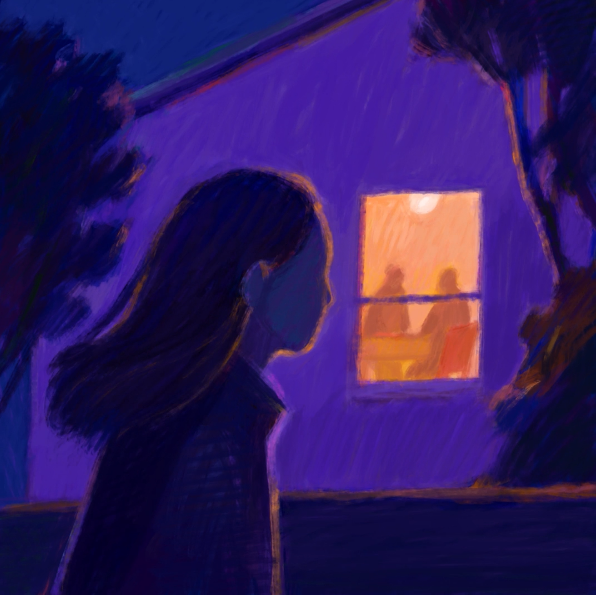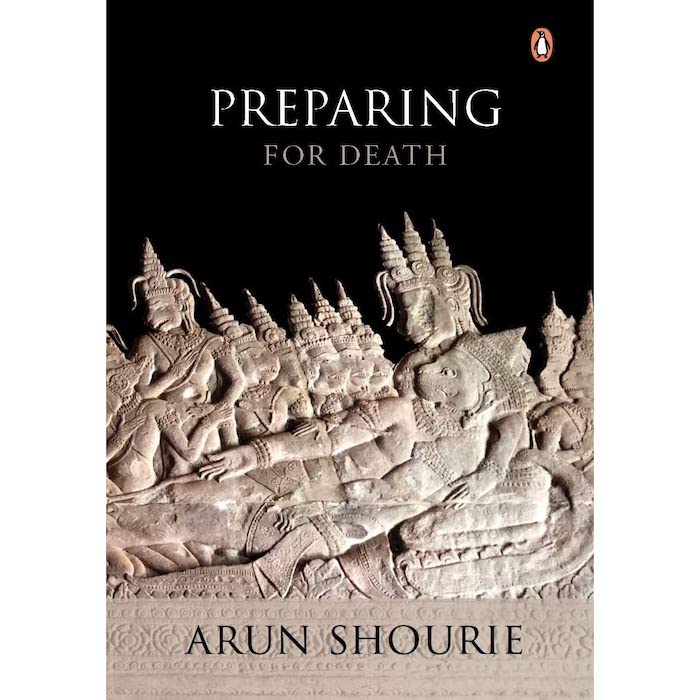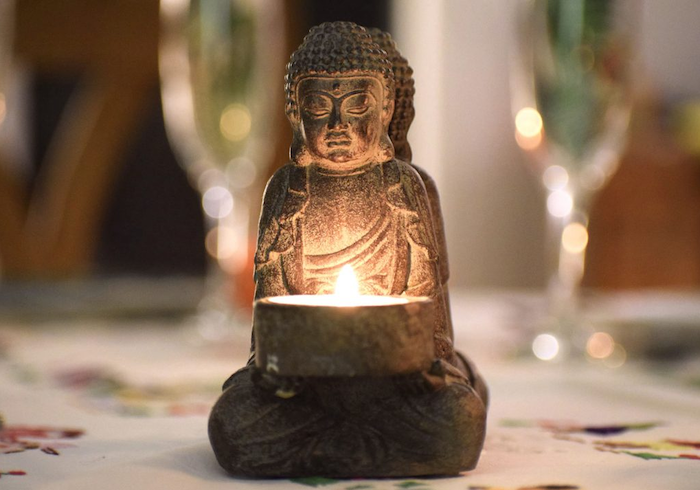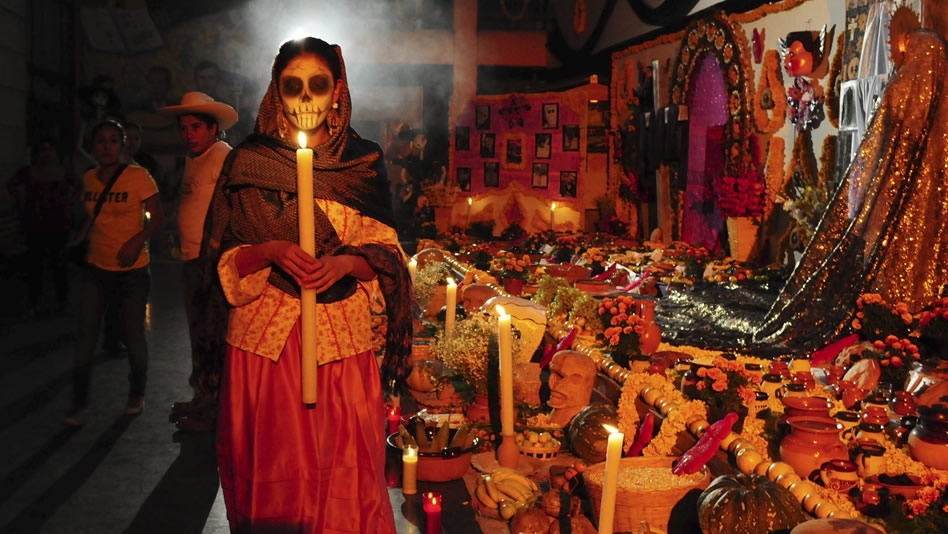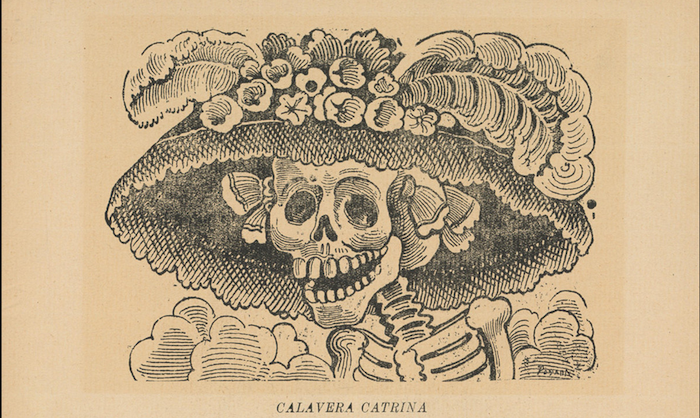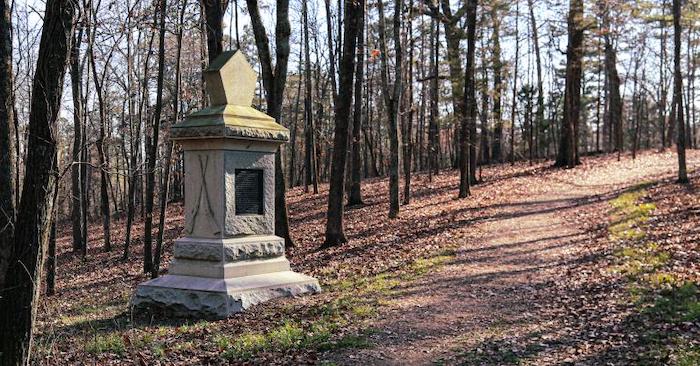
by John Beckett
Here are the last questions from the most recent Conversations Under the Oaks. They’ve been edited for length and clarity, but I’ve done my best to preserve the thinking behind the questions.
What are your thoughts on the restless dead? We have a potter’s field here locally that I feel very drawn to. It was recently rediscovered and is the resting place of the homeless, the unidentified, the stillborn, etc. from around the 1900s to the early 1960s. I feel a deep connection to this place. Any thoughts?
There is a very old idea that people who die sudden and/or violent deaths, who die with unresolved issues, or who do not receive proper funeral rites do not move on to whatever comes next, but instead remain here as earthbound spirits. Alternatively, their souls – the essence of who they are – may move on, but the “energetic remains” of their trauma sticks around and occasionally the living bump into it.
I have some experience with this, but I’m far from an expert in it. If you have serious specific issues, I recommend you find someone who’s dealt with this a lot more than I have. But in general…
First, simply listen
What do you feel? What do you hear? One voice or many voices? Is there an attempt at communication, or is it just noise?
A few years ago I visited Chickamauga National Military Park, site of the second most deadly battle of the U.S. Civil War. I grew up 15 miles from Chickamauga and visited it occasionally – I always felt like the dead were near. But on this trip, I heard them screaming. Here’s what I had to say at the time:
By my belief system and the belief systems of most, those who died here went on to the afterlife, however you conceive of such a place. Those who believe in reincarnation would likely assume that many have been reborn, perhaps several times.
Perhaps there are a few souls trapped here 153 years later, but surely not many. Perhaps the physical remains (both human and man-made, like the cannons) facilitate a connection across the realms. I don’t know.
I just know I heard the dead screaming.
First, I would listen. I would make offerings to all those there, and if possible, to specific individuals. Keep in mind that most were Christians in life – be respectful of their beliefs and expectations, without disrespecting your own.
I would help keep the place clean, to the extent that such activities are permitted by the landowners. People get nervous when anyone takes an interest in a cemetery – they often jump to conclusions of malefic magic, even if they have no idea what that means.
I would not attempt to cleanse the place. I wouldn’t attempt to help any spirit “move on” unless I was sure I was dealing with one individual spirit and not either energetic remains or a conglomeration of spirits.
Mainly, listen.
Worship and Magic in Paganism and Christianity
Here’s a question on the different approaches to magic in Paganism and Christianity.
I’ve been thinking about the underlying structure of magic and religion. With Christianity, it seems like they combine devotionals to a deity with executing magic to invoke the deity’s power. With Paganism, it seems like there is more focus on magic as an individual practice.
A question like this requires the disclaimer that Christianity and Paganism are both broad and diverse traditions. Southern Baptists, Roman Catholics, and the United Church of Christ are all Christians, but they take very different approaches to it. Likewise, Gardnerian Wiccans, Celtic Reconstructionists, and kitchen witches are all generally (though not universally) considered Pagans, but they have very different beliefs and practices. So any attempts to compare “Christianity” and “Paganism” are necessarily broad, high-level, and will have many exceptions.
Further, much of what’s generally considered “folk magic” is done in the context of a Christian worldview, even though it’s unsanctioned. This question is concerned with official approaches, so that’s how my response is structured.
Let’s start with some definitions. Worship is declaring what is worthy. Magic is the art and science of creating change in conformance with will (that’s Crowley’s definition – I haven’t found a better one). Religion is the common beliefs and especially the common practices that bind a group of people together.
Magic: one form or many forms?
In orthodox Christianity, magic can only be done with the intercession of the Christian God. Therefore, it makes sense to incorporate pleas for such intercession with rites of worship.
In most forms of Paganism, magic is understood in a broader sense. My Threefold Theory of Magic says that while magic works by the intercession of Gods and spirits, it also works by our manipulation of unseen forces, and by psychological programming. So while we can incorporate magic into our worship (and I frequently do, especially in the big High Day celebrations), we have other options that Christians don’t.
Further, we have many different magical systems: energy work, herbal magic, stones and crystals, sigil magic, visualization, bardic magic, and others. These diverse systems lead to a diversity of practice.
All religions have something to say about magic, even if what they say is “magic doesn’t exist.” What they say about magic will determine how – or if – they work magic. Pagans see magic as much broader than Christians see it, so we have more approaches to working it.
Predictions for the next few years
The last question is a big one.
I’m interested in your thoughts on the next few years: predictions about Pagan culture and the Big Tent, but also how things are going to go with Nazi Pagans. And predictions for the spiritual side of things.
I occasionally mention the Big Tent of Paganism, but my enthusiasm for it has significantly waned over the past few years. My dream was that we would build robust individual traditions, and then work together on issues of common interest and to build pan-Pagan institutions. But it’s clear there is little interest in building those individual traditions, much less working together across traditions. The vast majority of Pagans simply want to do their own thing in their own way, and far too many live in mortal fear of someone “telling them what to do.”
I think we’re going to have to do a lot more work of creating traditions before people will start to congregate around them. And those traditions are going to have to be centered around things that people can do on their own, because that’s what they want.
I’m sad that the questioner mentioned Nazi Pagans. Or more exactly, I’m sad that they felt the need to mention them. Because they do. There are Nazis and White Supremacists in our wider society, so of course some of them are going to find their way to Paganism. I don’t think that’s going to change. We can and should attempt to isolate them and to deny their legitimacy to use Pagan concepts and imagery. But forget reclaiming the swastika – it’s lost for at least a hundred years, and maybe forever.
The currents of magic are getting stronger
On the spiritual side of things, I think the intersections of this world and the Otherworld are going to become stronger and more frequent. Expect more encounters with the Fair Folk. The currents of magic are going to continue to strengthen – that means if you can work magic, you can work more and better magic. What won’t change is that those who practice regularly will do more and better magic than those who don’t.
We are in the early years of Tower Time. It’s not going to be 2020 for the rest of our lives, but things in general are going to be challenging. But the chaos that is disrupting normalcy is also creating new opportunities: in business, in politics, in religion, in magic, and in virtually every area of life.
Those who pay attention and seize the opportunities will thrive. Those who cling to the past will not.
Complete Article ↪HERE↩!

